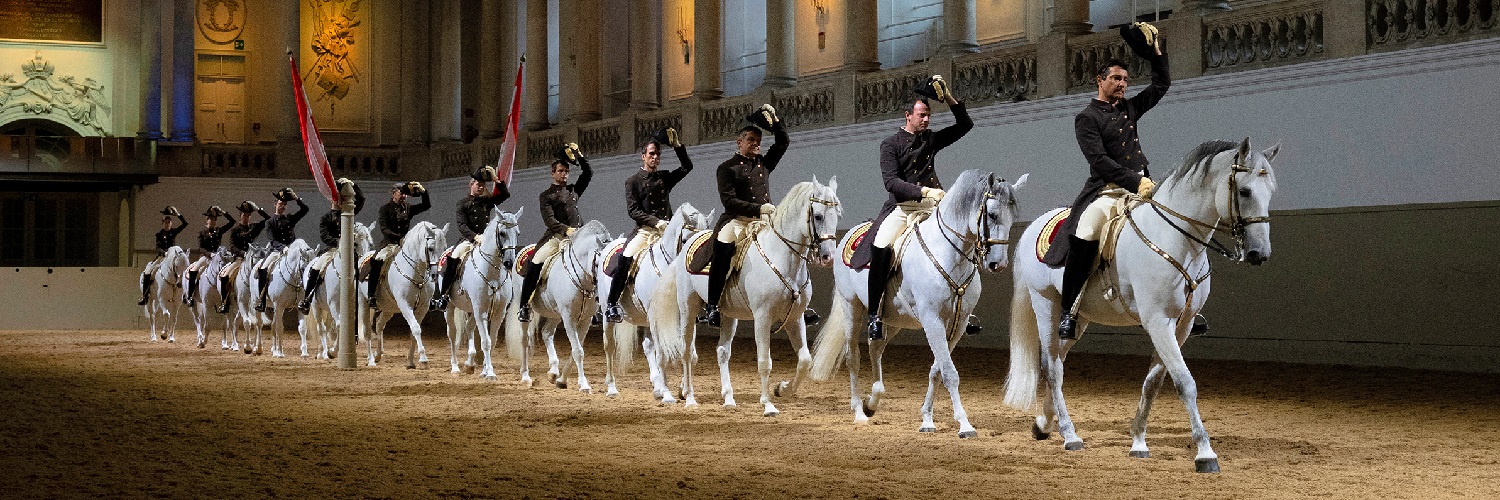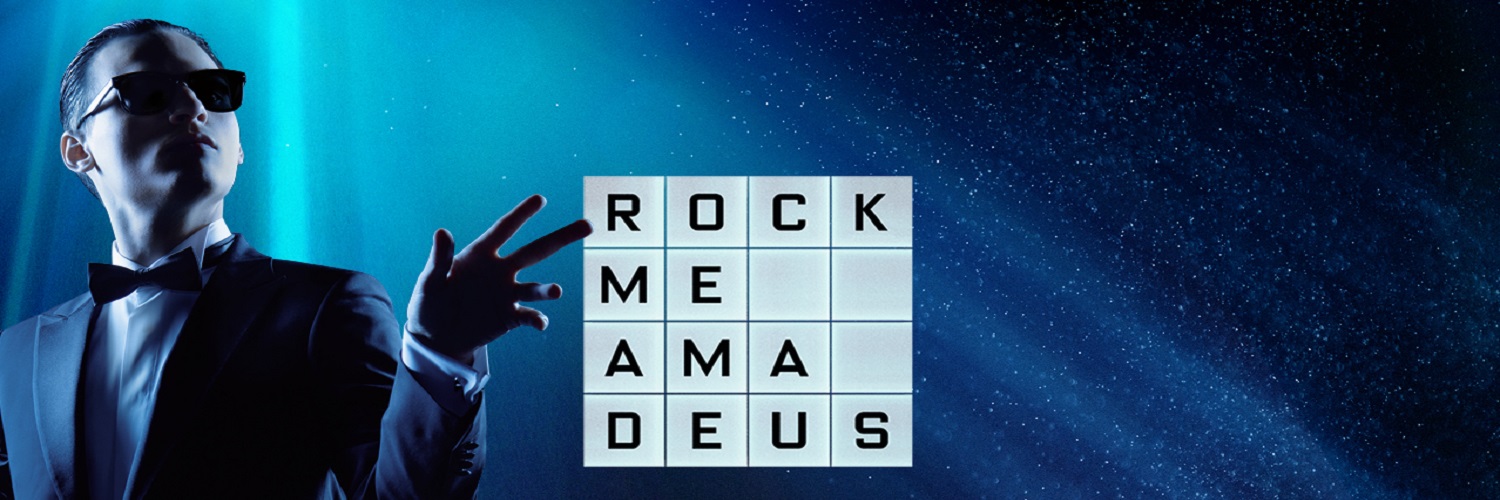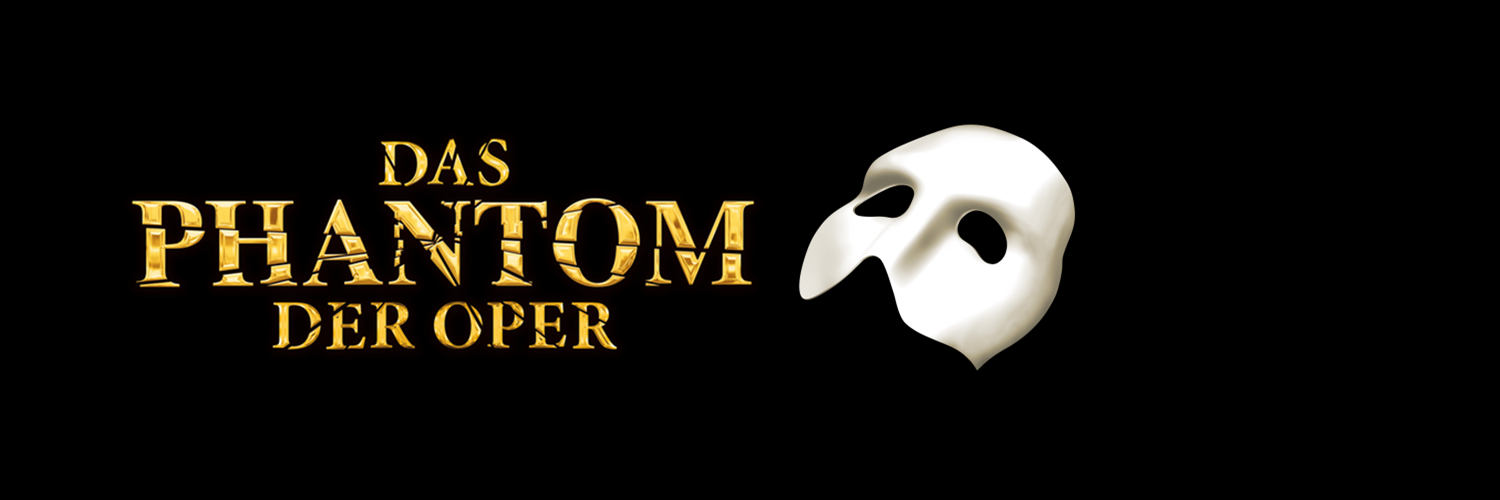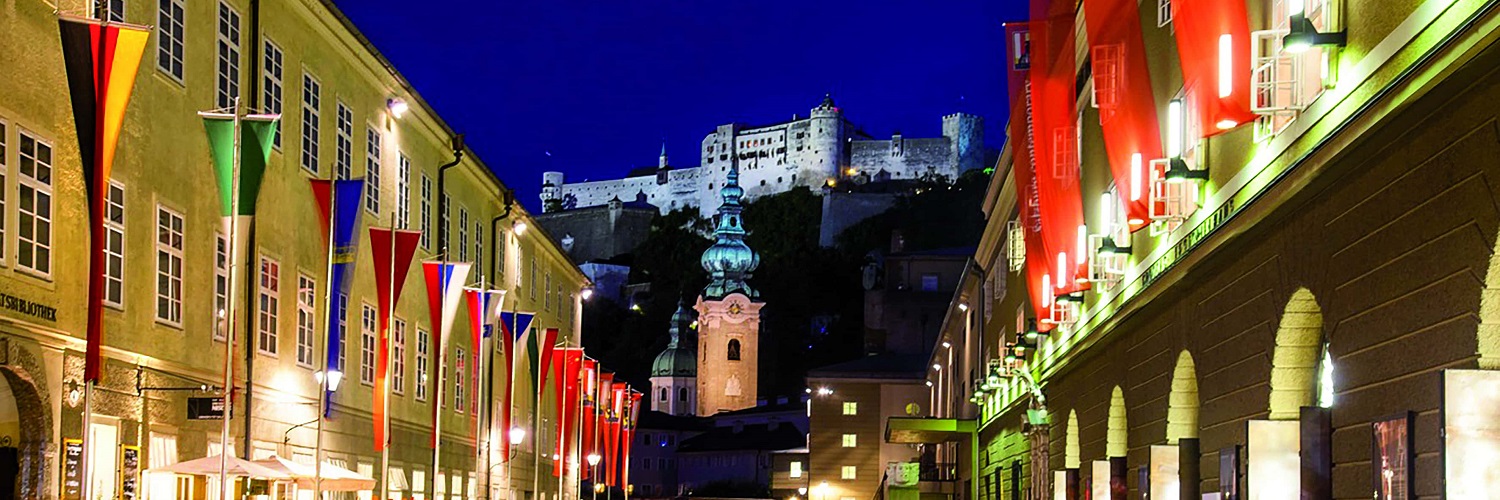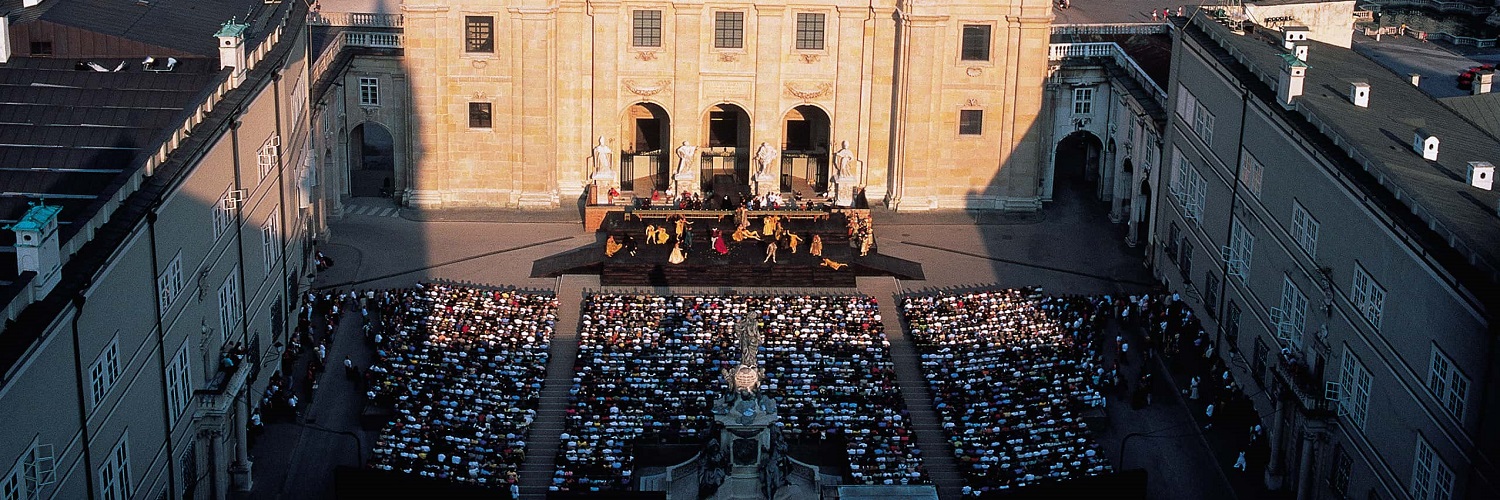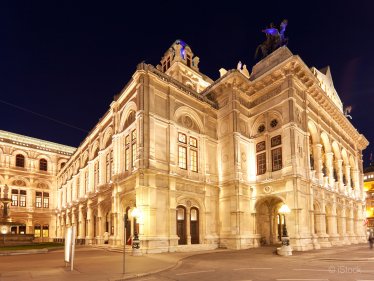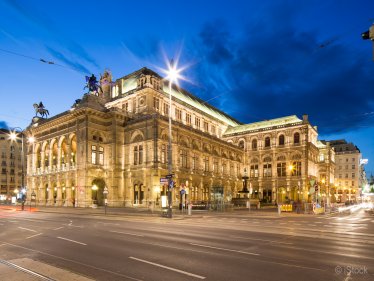Ballet: In Seventh Heaven - Schedule, Program & Tickets
Ballet: In Seventh Heaven
March, waltz, polka
Musical direction
Patrick Lange
Composer
Johann Strauss (son) Johann Strauss (father) Josef Strauss
Choreography
Martin Schläpfer
Stage and costumes
Susanne Bisovsky
Light
Robert Eisenstein
Fly Paper Bird
Musical direction
Patrick Lange
Composer
Gustav Mahler
Choreography
Marco Goecke
Stage and costumes
Thomas Mika
Light
Udo Haberland
Dramaturgy
Nadja Kadel
Symphony in C
Musical direction
Patrick Lange
Composer
Georges Bizet
Choreography
George Balanchine
Setting up and adapting the costumes
Stephanie Bäuerle
Light
after Perry Silvey
Rehearsal
Patricia Neary
Contents
A dancer writes a longing in the room. It is a solo of flowing ease, unfolding over those gentle waves of sound that kick off the famous "On the Beautiful Blue Danube" before it begins to waltz, drawing strength again and again from those nerve-tingling delays that so are typical of a music that stands for everything that one associates with "Vienna" like no other. More dancers come along, discover the potential for a tango and the pointe shoe as a dangerous weapon when the metric heartbeat stops, or throw themselves into the ecstasy of the waltz, only to slow it down again with a highly concentrated body tension. One loses his nerve, another gets trembling knees instead of marching at attention in front of an imaginary general. Martin Schläpfer opens his State Opera premiere with a new version of his ballet »Marsch, Walzer, Polka« created in 2006: With the »Neue Pizzicato Polka« op. 449 he integrates another number in the series of famous Strauss dances, but also gives the choreography a new design for which he was able to win an artist, Susanne Bisovsky, who explores the boundaries between tradition and avant-garde in a congenial way with her experimental works inspired by historical costumes.
Gustav Mahler was "in seventh heaven" when he was working on his 5th symphony. His great love and later wife Alma Schindler showed him this, to whom he then also dedicated the Adagietto, which in turn now inspires Marco Goecke for his new piece »Fly Paper Bird« for the Vienna State Ballet. The artist, who was initially associated with the Stuttgart Ballet, then also with the Nederlands Dans Theater and Gauthier Dance as house choreographer and has been in charge of the Staatsballett Hannover since 2019/20, is one of the most important contemporary choreographers. Many of his pieces literally get under your skin - characterized by the fluttering, trembling, tearing and vibrating that is so typical of his style of movement, which breaks out from deep inside and puts the dancer's body under high voltage.
The program closes with George Balanchine's »Symphony in C«, a captivating homage to classical ballet. The work created in 1947 for the Paris Ballet de L'Opéra under the title "Le Palais de Cristal" breathes the spirit of the white nudes of the St. Petersburg school in the most beautiful way and transfers the ranks of the Parisian ensemble to the architectural building: a completely Georges Bizet's youth symphony created, refined interplay between solos, pas de deux and large groups, which leads to a magnificent finale.
George Balanchine's "Symphony in C" is performed with permission of © The School of American Ballet.
Subject to change.
Musical direction
Patrick Lange
Composer
Johann Strauss (son) Johann Strauss (father) Josef Strauss
Choreography
Martin Schläpfer
Stage and costumes
Susanne Bisovsky
Light
Robert Eisenstein
Fly Paper Bird
Musical direction
Patrick Lange
Composer
Gustav Mahler
Choreography
Marco Goecke
Stage and costumes
Thomas Mika
Light
Udo Haberland
Dramaturgy
Nadja Kadel
Symphony in C
Musical direction
Patrick Lange
Composer
Georges Bizet
Choreography
George Balanchine
Setting up and adapting the costumes
Stephanie Bäuerle
Light
after Perry Silvey
Rehearsal
Patricia Neary
Contents
A dancer writes a longing in the room. It is a solo of flowing ease, unfolding over those gentle waves of sound that kick off the famous "On the Beautiful Blue Danube" before it begins to waltz, drawing strength again and again from those nerve-tingling delays that so are typical of a music that stands for everything that one associates with "Vienna" like no other. More dancers come along, discover the potential for a tango and the pointe shoe as a dangerous weapon when the metric heartbeat stops, or throw themselves into the ecstasy of the waltz, only to slow it down again with a highly concentrated body tension. One loses his nerve, another gets trembling knees instead of marching at attention in front of an imaginary general. Martin Schläpfer opens his State Opera premiere with a new version of his ballet »Marsch, Walzer, Polka« created in 2006: With the »Neue Pizzicato Polka« op. 449 he integrates another number in the series of famous Strauss dances, but also gives the choreography a new design for which he was able to win an artist, Susanne Bisovsky, who explores the boundaries between tradition and avant-garde in a congenial way with her experimental works inspired by historical costumes.
Gustav Mahler was "in seventh heaven" when he was working on his 5th symphony. His great love and later wife Alma Schindler showed him this, to whom he then also dedicated the Adagietto, which in turn now inspires Marco Goecke for his new piece »Fly Paper Bird« for the Vienna State Ballet. The artist, who was initially associated with the Stuttgart Ballet, then also with the Nederlands Dans Theater and Gauthier Dance as house choreographer and has been in charge of the Staatsballett Hannover since 2019/20, is one of the most important contemporary choreographers. Many of his pieces literally get under your skin - characterized by the fluttering, trembling, tearing and vibrating that is so typical of his style of movement, which breaks out from deep inside and puts the dancer's body under high voltage.
The program closes with George Balanchine's »Symphony in C«, a captivating homage to classical ballet. The work created in 1947 for the Paris Ballet de L'Opéra under the title "Le Palais de Cristal" breathes the spirit of the white nudes of the St. Petersburg school in the most beautiful way and transfers the ranks of the Parisian ensemble to the architectural building: a completely Georges Bizet's youth symphony created, refined interplay between solos, pas de deux and large groups, which leads to a magnificent finale.
George Balanchine's "Symphony in C" is performed with permission of © The School of American Ballet.
Subject to change.
There are no products matching the selection.

